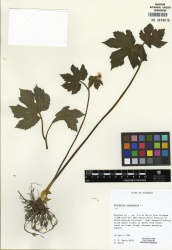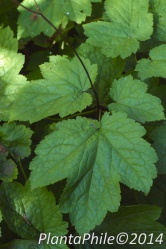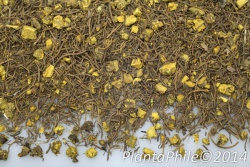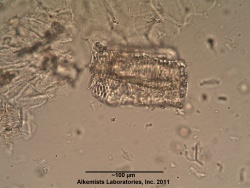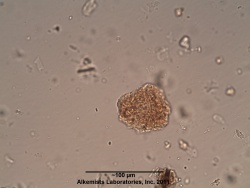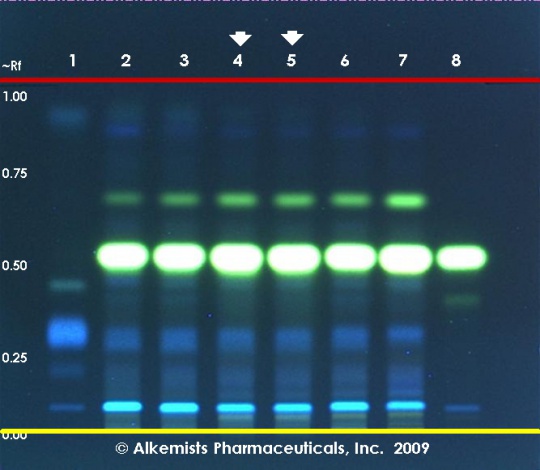Hydrastis canadensis (root)
(Added Voucher) |
(Plantaphile macroscopic images added) |
||
| Line 28: | Line 28: | ||
=Macroscopic Characteristics= | =Macroscopic Characteristics= | ||
| + | |||
| + | {{Media2 | cat=Macroscopy | ||
| + | | source=PlantaPhile | ||
| + | | mainimage=PlantaPhile - 264.jpg | ||
| + | | companyimage=PlantaPhile logo.jpg | ||
| + | | companyURL=http://plantaphile.com/ | ||
| + | | | ||
| + | | source2=PlantaPhile | ||
| + | | image2=PlantaPhile - 3163.jpg | ||
| + | | companyimage2=PlantaPhile logo.jpg | ||
| + | | companyURL2=http://plantaphile.com/ | ||
| + | | }} | ||
| + | |||
=Microscopic Characteristics= | =Microscopic Characteristics= | ||
{{Media2 |cat=Microscopy | source=Elan M. Sudberg, Alkemist Laboratories | {{Media2 |cat=Microscopy | source=Elan M. Sudberg, Alkemist Laboratories | ||
Revision as of 20:06, 29 May 2014
Contents |
Nomenclature
Hydrastis canadensis L. Ranunculaceae
Standardized common name (English): goldenseal
Botanical Voucher Specimen
|
|
Organoleptic Characteristics
Macroscopic Characteristics
|
|
|
Microscopic Characteristics
 |
 |
|
|
|
High Performance Thin Layer Chromatographic Identification
|
Golden Seal (root) (Hydrastis canadensis) Lane Assignments Lanes, from left to right (Track, Volume, Sample):
Reference materials used here have been authenticated by macroscopic, microscopic &/or TLC studies according to the reference source cited below held at Alkemists Laboratories, Costa Mesa, CA. Stationary Phase Silica gel 60, F254, 10 x 10 cm HPTLC plates Mobile Phase ethyl acetate: methanol: HCOOH: water [10/2/1.2/0.6] Sample Preparation Method 0.25g+4 ml 80% MeOH snct 1/2 hr cntrfg/dcnt, add 2mL MeOH, vrtx&cntrfg,dcnt&qs to 20mL w MeOH Detection Method Ninhydrin Reagent -> UV 365 nm Reference see American Herbal Pharmacopoeia & Therapeutic Compendium
|
Supplementary Information
Sources
- ↑ MOBOT, Tropicos.org http://www.tropicos.org/Image/100105541
- ↑ PlantaPhile http://plantaphile.com/
- ↑ PlantaPhile http://plantaphile.com/
- ↑ Elan M. Sudberg, Alkemist Laboratories http://www.alkemist.com
- ↑ Elan M. Sudberg, Alkemist Laboratories http://www.alkemist.com
- ↑ Elan M. Sudberg, Alkemist Laboratories http://www.alkemist.com
